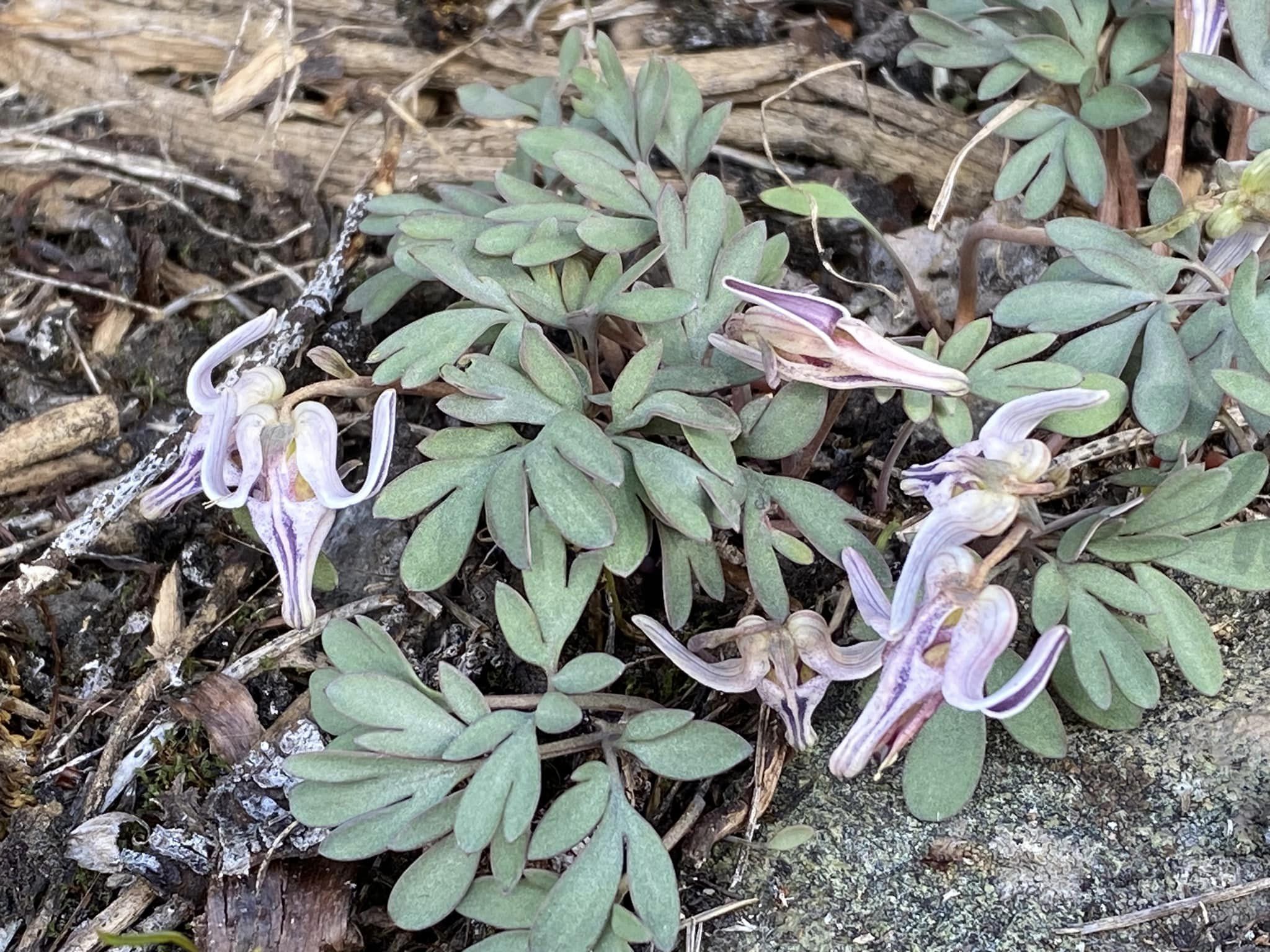April 1-8, 2023
New birds! First flowers!
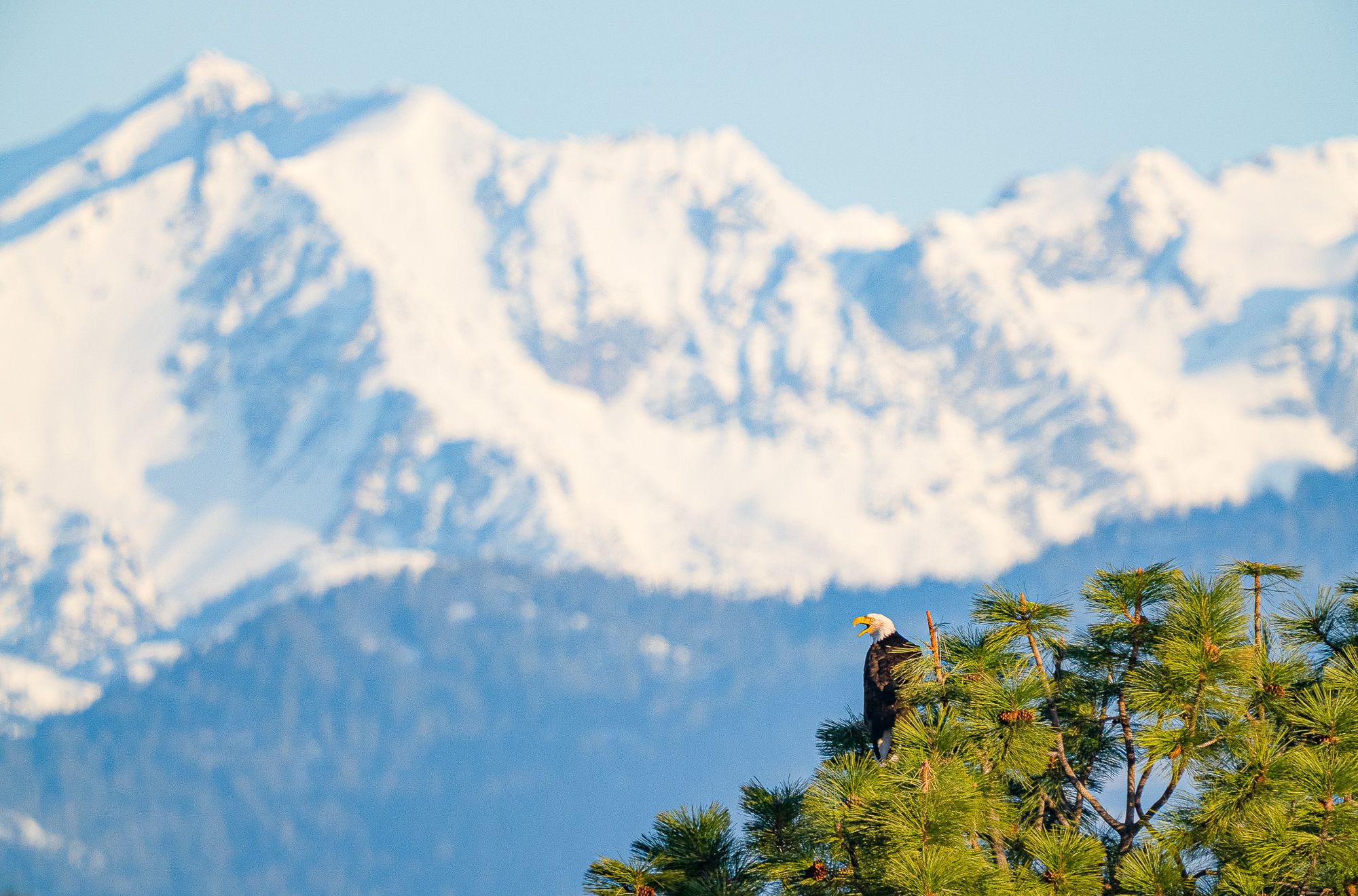
Spring is rapidly approaching, with a few new birds making an appearance, along with a sprinkling of early flowers. This is our last chance to take a deep breath before things start changing so fast it's hard to keep track!
Week in Review
The week started with our first push of swallows for the year. Their overall numbers are still quite low, but on sunnier, warmer days you might have noticed up to a dozen tree swallows and violet-green swallows at a time. You might also have noticed that the swallows seem to disappear when the wind picks up and the sun ducks behind clouds, so they must be moving up and down the valley in response to these rapidly changing conditions.
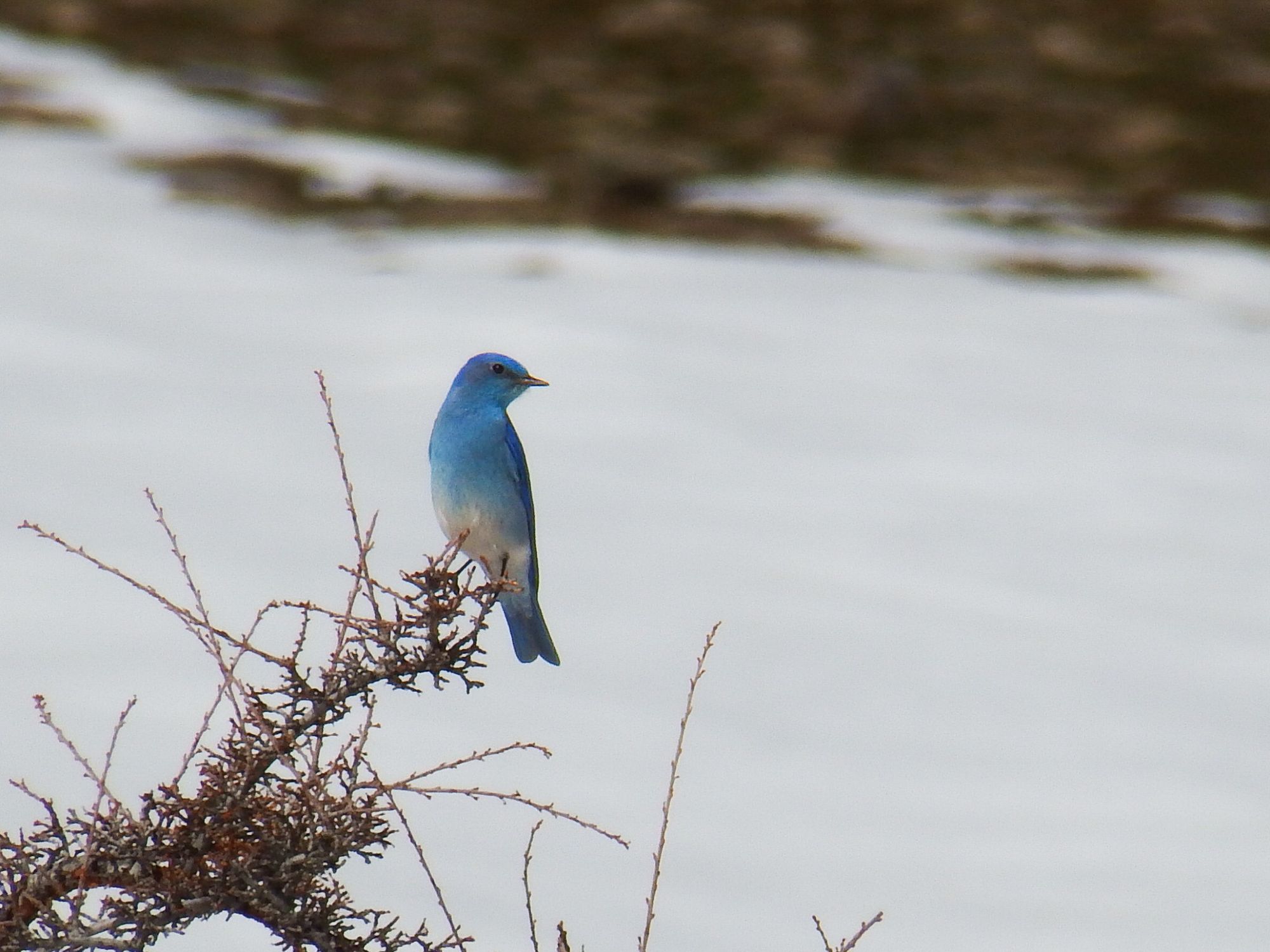
I'm sure that everyone has been seeing other birds as well. There have been a couple western bluebirds (and mountain bluebirds!) making an appearance, along with greater numbers of Say's phoebes, which are the first songbirds to arrive each year.
With melting snow exposing soft, wet soils, there have also been a lot more American robins showing up, skirting back and forth across fields and lawns in search of insects and worms. In some fields I've even seen some killdeer mingling with the robins and about a week ago I ran across a group of eight killdeer in a tight group so they must have been migrating.
This week we put up six nest boxes, and at least one bird has started checking them out already! Has anyone else had birds checking out their nest boxes?
If you've been watching the ducks at Twin Lakes, you might have noticed the lone redhead that made an appearance in the middle of the week. This is the first new duck we've seen all winter, and it heralds the imminent arrival of a wide range of migrating and breeding ducks.
And flowers! Not quite yet, but very, very soon! Bluebells, spring beautys, chocolate tips, and arrowleaf balsamroots are already blooming downvalley around Methow. This signals that a tidal wave of blooming flowers is on its way!
In fact, on some of the sunnier, south-facing slopes around Winthrop, such as at Lewis Butte, there is already a generous sprinkling of yellow bells, spring beautys, bluebells, and countless fresh sprouts unfurling their vibrant green leaves. I love this time of year for the mystery of knowing, but not quite remembering, the name of every plant.
Which flower would you call the first flower of spring?
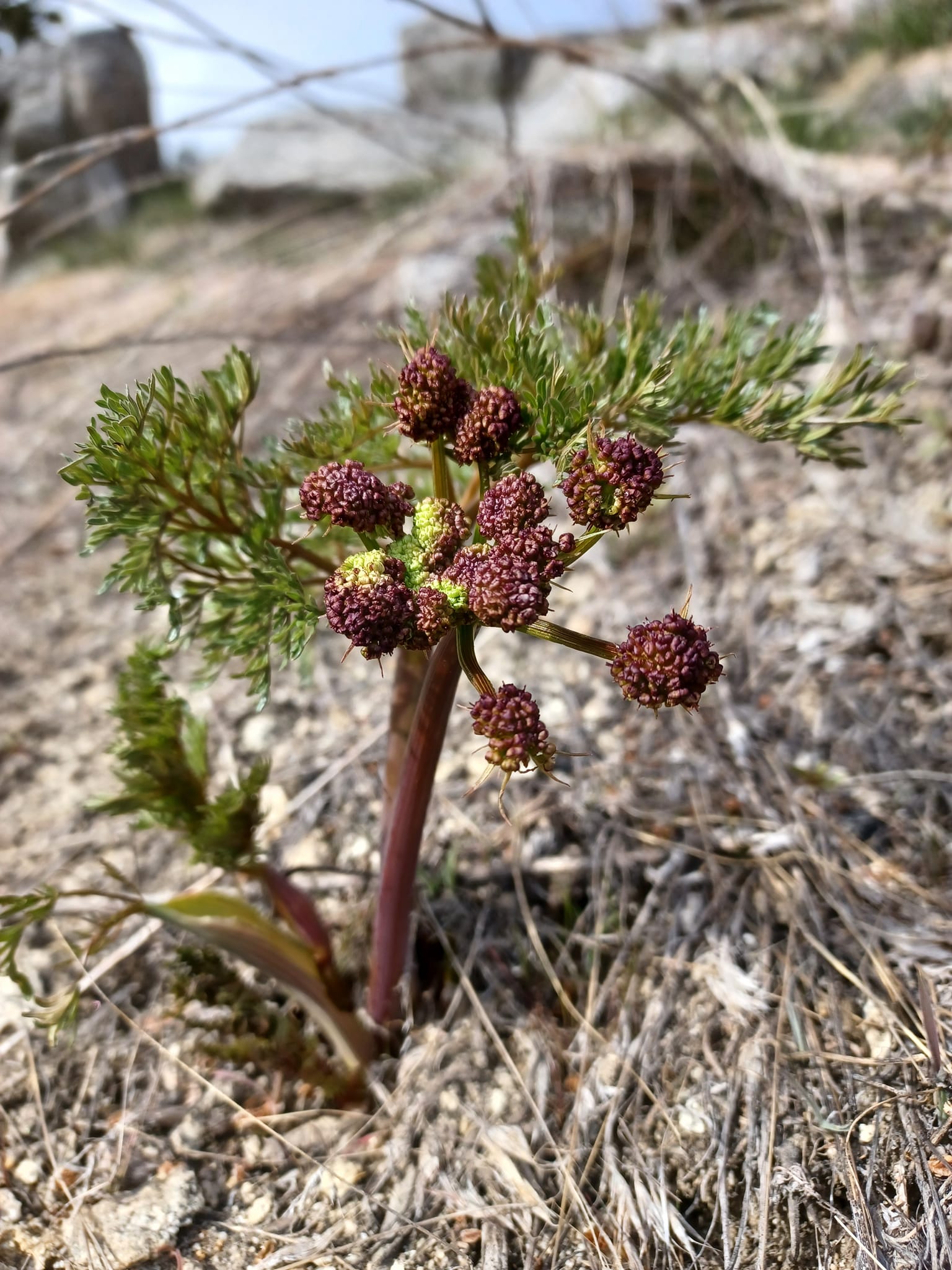
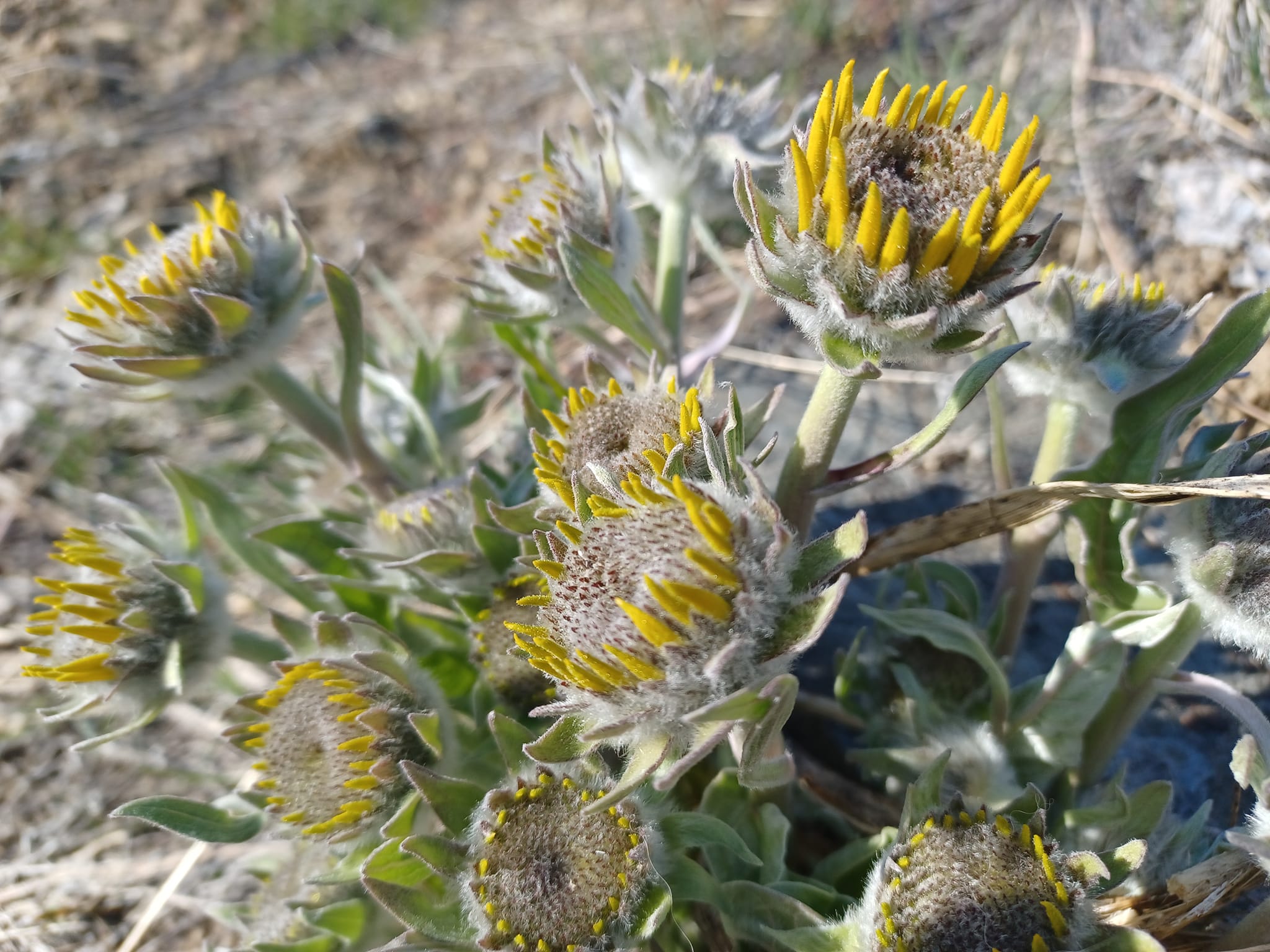
Observation of the Week: Steer's Head
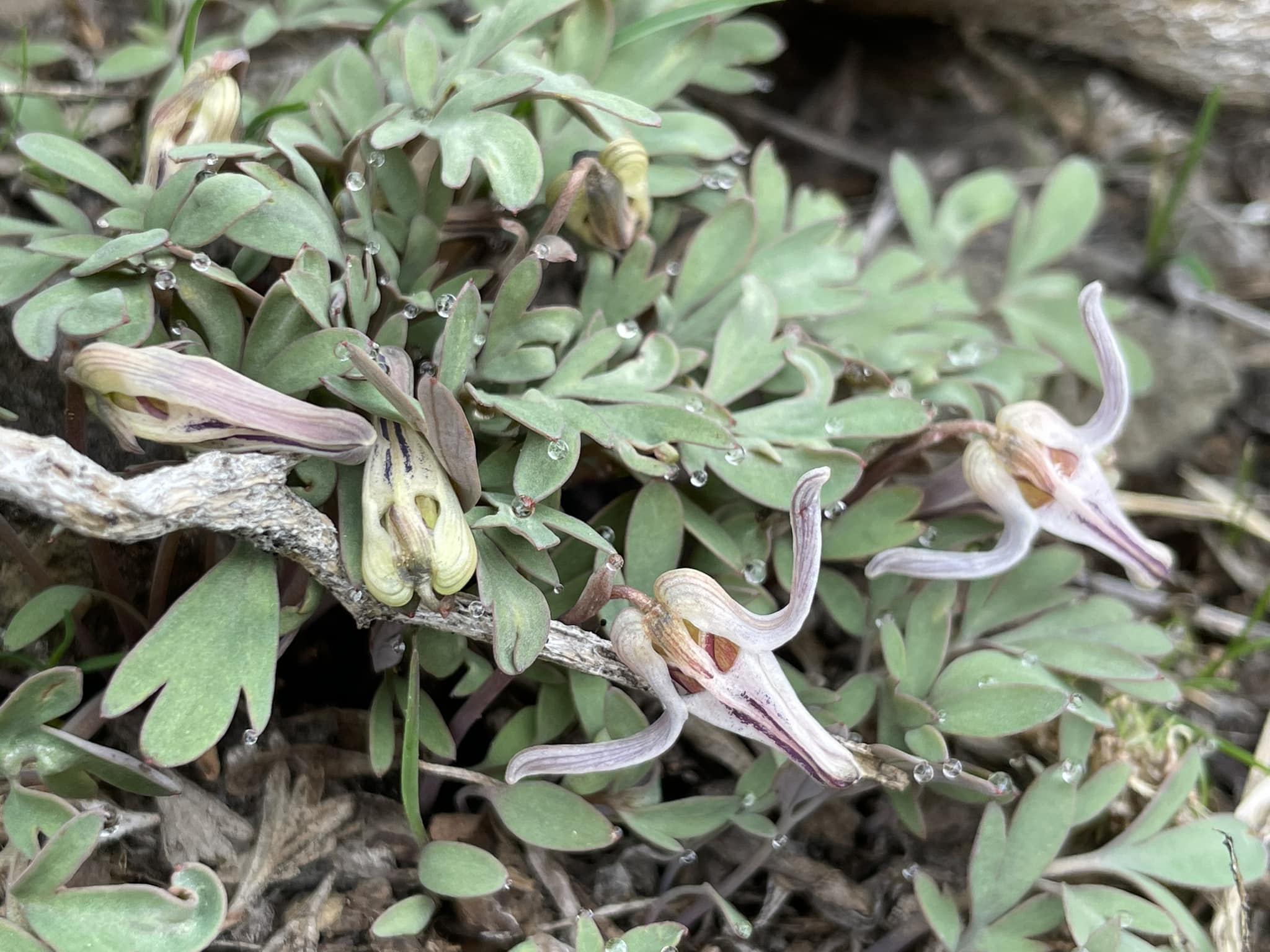
Keen-eyed observers spotted a few steer's head flowers this week. These strange, low-growing flowers are easily overlooked and hard to find so this is a great sighting.
Steer's heads are one of our earliest blooming flowers, and may even be our first flower. They come out so early in the year that most people aren't even looking for flowers yet, and it doesn't help that their colors are softly muted.
Steer's heads (Dicentra uniflora) are in the poppy family, and are most closely related to plants like Oregon grape and buttercups, but their flowers are utterly unique. I looked them up in a massive textbook on pollination ecology, and this was the only flower in the entire book that was described as being "disymmetric," I don't even know what this means but it sounds as cool as this flower looks.
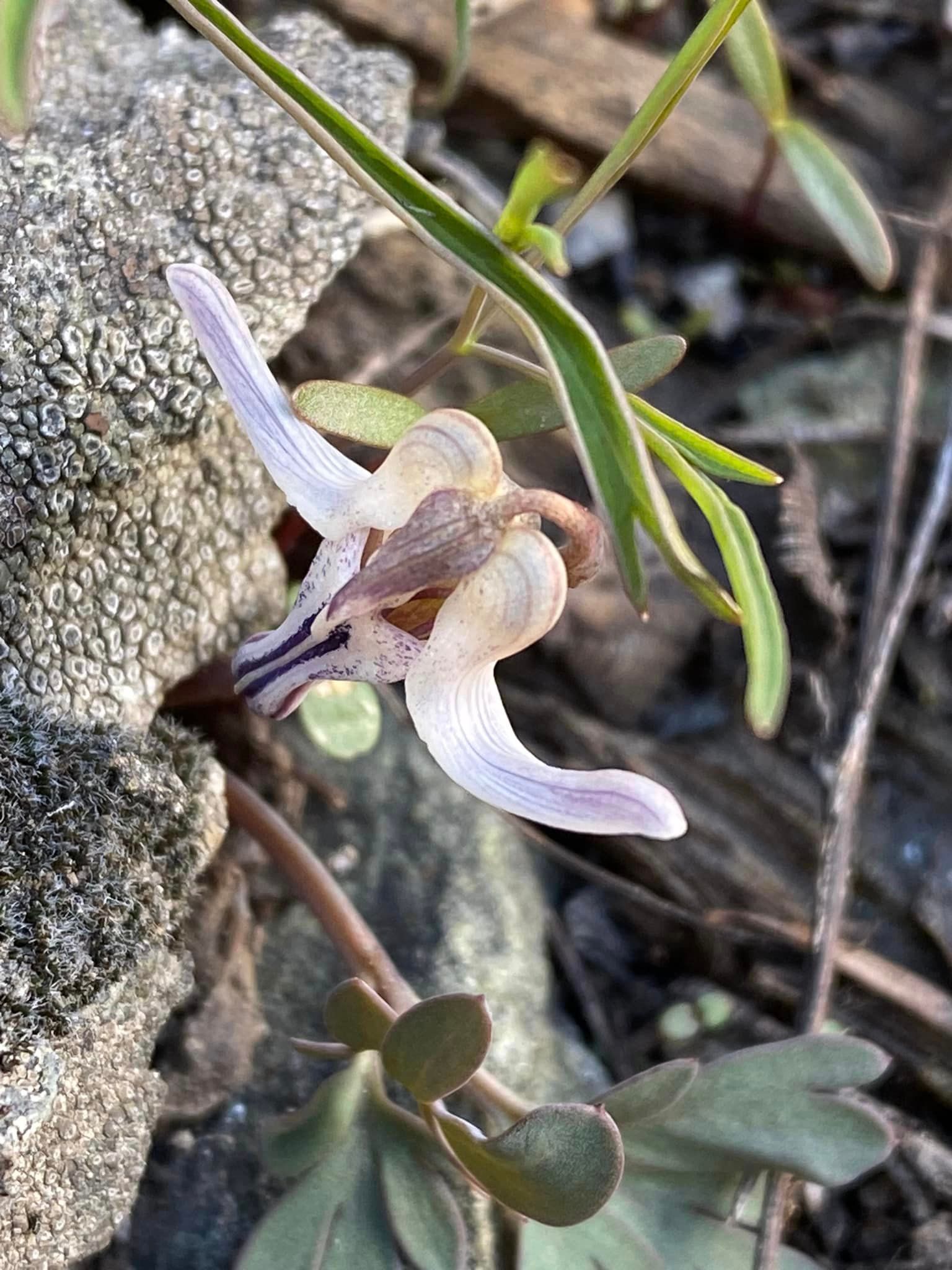
What we're seeing in this flower are four faintly purplish petals. Two petals swoop out in graceful arcs from urn-shaped bases, and two petals unite in a downward-pointing column that encloses the stamens.
Steer's heads have another cool distinction: they are "ephemeral geophytes."
Geophytes are plants that store energy in underground tubers (carrots are an example of a geophyte), as a backup plan for having a short, very intense flowering season. The emergence of steer's heads is closely tied to snowmelt and they go through their entire aboveground cycle in six weeks, with only three weeks between their flowers emerging and their fruit maturing, and this requires a lot of stored energy.
Little is known about the biology of this plant. Caterpillars of the Clodius parnassian butterfly eat the leaves but come out at night so they're rarely reported. Local butterfly expert, Cheryl Bellin spent multiple nights searching for these caterpillars and wrote an article about her observations for the Washington Butterfly Association (she only found a few caterpillars in the daytime and speculated that they were coming out to warm up in the sun).
But who pollinates these bizarre flowers? Other Dicentra species are exclusively pollinated by queen bumblebees and it makes sense that steer's head have the same strategy but I haven't found anyone who's researched this question.
In whatever manner these flowers get pollinated, it seems to work. And as the fruits ripen they become heavy and lay against the ground, where they open up to expose seeds that have eliasomes attached to them. These fatty, nutrient-rich packets attract ants who harvest the eliasomes and discard the leftover seeds in their nests, effectively planting the seeds.
Because this plant has a hyper-condensed growing season, they grow very slowly and spend years developing a mass of narrow tubers and small bulblets. It is thought that it takes ten years before these plants produce their first flowers!
So if you're lucky enough to find a steer's head, take a moment to appreciate this remarkable plant, and please don't disturb it.
